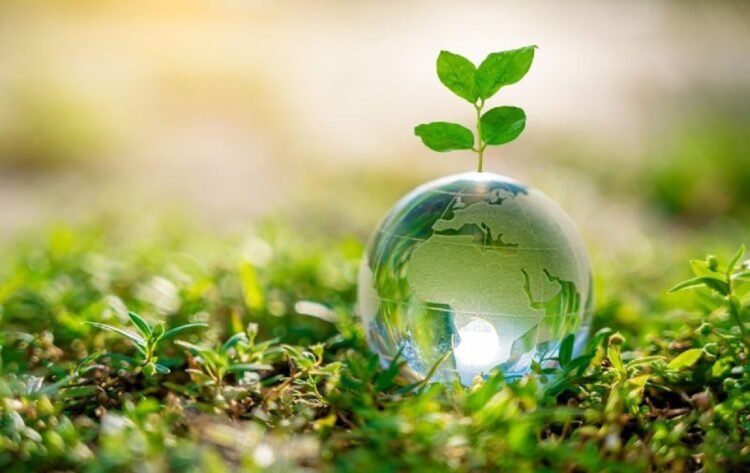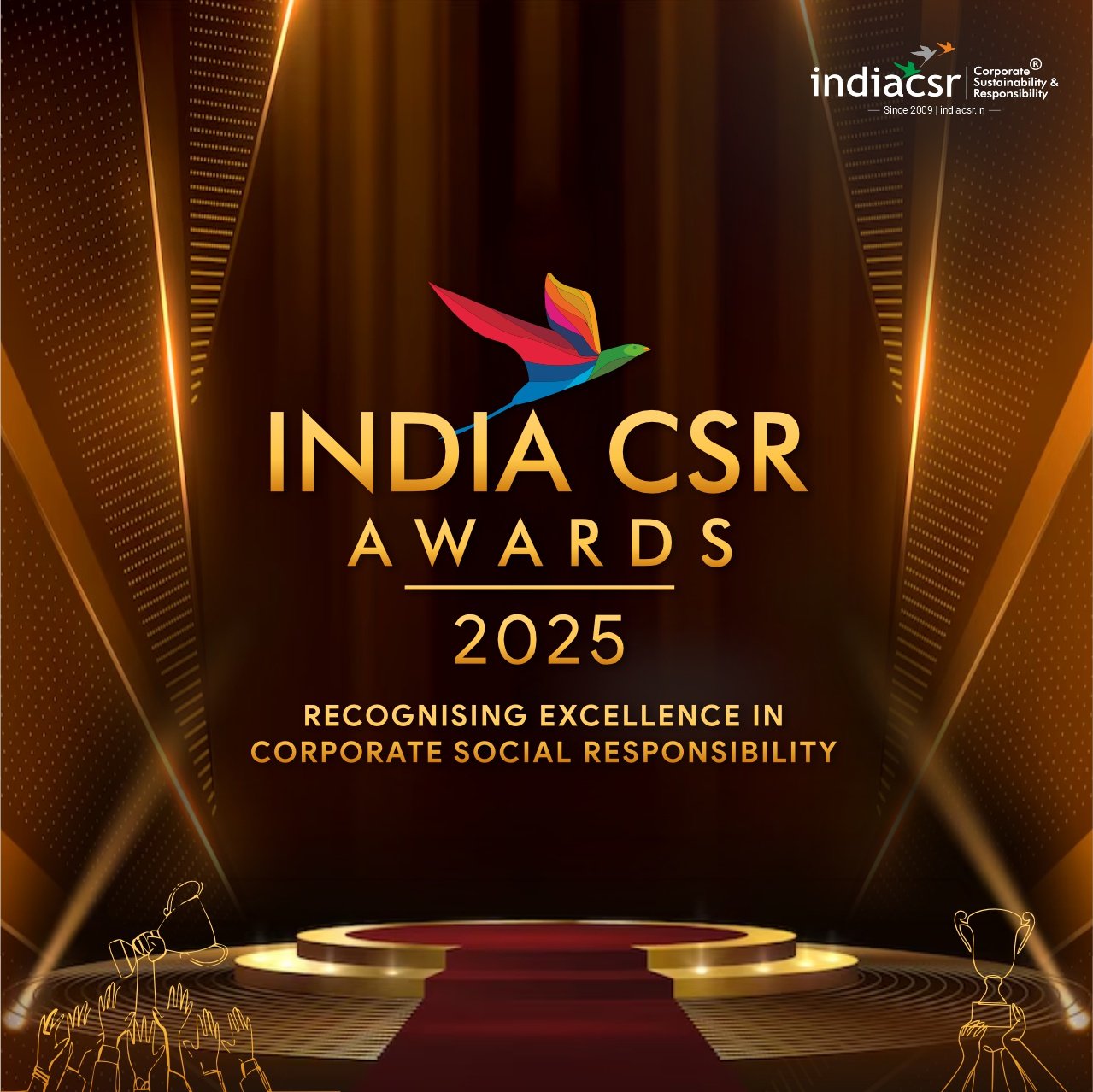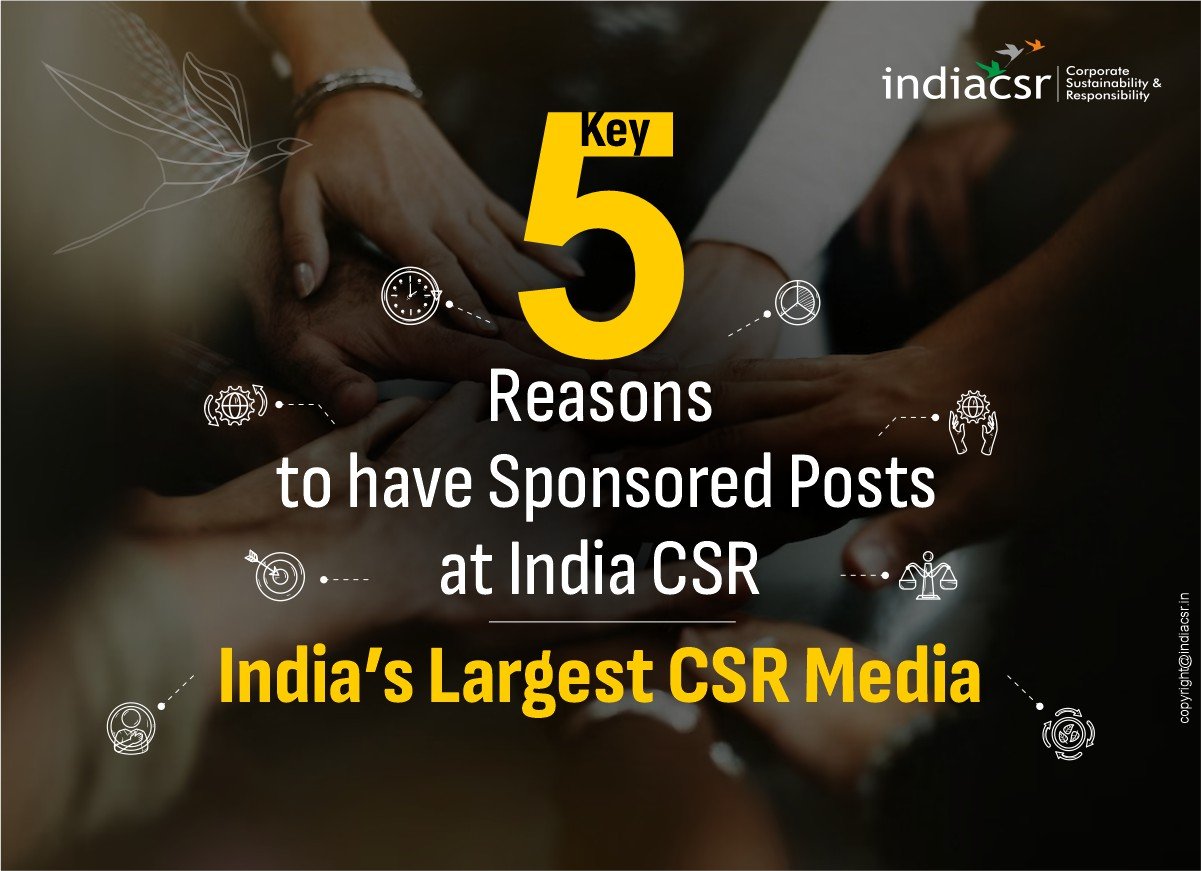
Words Kiran Reddy
People’s lifestyles and needs are changing, with summers becoming hotter, weather becoming more unpredictable, and water becoming more scarce due to climate change. They are becoming more conscious of their health along with the planet’s, now more than ever. Nearly 80% of homebuyers in India consider it key, with green-certified home demand up by 25% in the last five years. Sustainable offerings are seen as a basic necessity rather than a luxury.
Today’s homebuyers expect more than just basic sustainability features like rainwater harvesting or solar panels—they look for homes that actively promote eco-living. The focus is no longer solely on reducing environmental impact but on creating environments that support healthier and more resilient lifestyles. Homebuyers are willing to pay more for houses that include modern eco-friendly options, such as vertical gardens, smart waste management, water-efficient landscaping, and carbon-neutral building designs.
The Rise of Next-Generation Eco-Living
Developers are introducing advanced eco-friendly features that go beyond standard green building in response to meet the new shift to eco-living. Modern architectural designs, urban planning, and material selection now focus on minimizing environmental impact while increasing efficiency and comfort. The use of smart energy systems, regenerative materials, and eco-conscious construction methods ensures that sustainability is woven into every stage of development.
To stay cool without using much electricity, builders use passive cooling techniques such as optimized cross-ventilation, insulated walls, and reflective roofing materials to reduce reliance on artificial air conditioning and help maintain comfortable indoor temperatures. Natural cooling strategies in architectural design elements can enhance both efficiency and comfort.
Vertical gardens and green facades are being popularized for both their aesthetics as well as their practical benefits like purifying the air, providing natural insulation, and encouraging urban biodiversity. Houses with green walls built-in can lower indoor temperatures during the summer season, reducing the need for electric-powered coolants like air conditioners, which often result in lower energy consumption. Solar-integrated facades, which allow buildings to generate their own energy, are gaining prominence.
Smart waste management systems are another important trend. As urban areas produce more waste, developers are using AI to sort waste, compost organic waste, and convert waste to energy in residential communities. These systems help cut down landfill contributions while promoting a more circular waste cycle. Water-efficient landscapes are being designed by using xeriscaping, advanced rainwater filtration, and greywater recycling to save water, especially in cities facing water shortages like Bangalore.
Carbon-neutral infrastructure is redefining modern real estate. Developers are using eco-friendly construction materials such as cross-laminated timber, bamboo composites, and recycled concrete to lower carbon footprints. In addition, energy-efficient insulation, passive cooling designs, and smart home automation are being integrated to further minimize energy consumption and improve the sustainability of residential spaces.
The Role of Green Spaces in Enhancing Urban Well-being
Green spaces are no longer just an extra luxury in cities; they are vital for well-being. Studies show that spending time in parks and gardens can reduce stress, improve air quality, and bring people together, creating happier and healthier neighborhoods.
Developers are increasingly focusing on incorporating rooftop gardens, spill-out balconies and landscaped courtyards into new residential projects. These not only serve as communal spaces for relaxation but also play a significant role in mitigating the urban heat island effect. Similarly, native vegetation and urban forests are being prioritized to support local biodiversity while reducing maintenance costs. By planting indigenous species, developers ensure that green spaces can thrive in local climates with less water and maintenance.
Biodiversity corridors are another emerging trend in sustainable urban planning. These interconnected green pathways provide safe habitats for urban wildlife while enhancing the visual appeal of communities. They also act as natural air conditioners, improving air circulation and helping to regulate temperatures in densely populated areas.
Building Resilient Communities: The New Standard in Real Estate
Sustainable community development is far beyond green buildings—it is about creating self-sufficient neighborhoods that are capable of weathering environmental challenges. The idea of self-sustaining neighborhoods is gaining momentum, where shared solar power grids, community composting units, and on-site water recycling systems are integrated to reduce dependence on external resources. These initiatives not only enhance sustainability but also offer long-term cost savings for residents.
Communities are embracing circular economy principles. Instead of the typical “throwaway” culture, they are finding innovative ways to reuse what they already have. Residents take part in composting, help generate biogas, and recycle materials. Some neighborhoods even feature swap-and-repair centers, where people can trade items or fix things instead of tossing them away.
Smart mobility solutions are becoming an integral part of sustainable real estate projects. As cities get busier and more polluted, new developments are making it easier to get around in eco-friendly ways—electric vehicle charging stations, extensive bike paths, and walking-friendly designs that encourage everyone to leave their cars at home more often. All these features together inspire residents to embrace greener transportation options and cut down their carbon footprint.. These measures encourage residents to adopt greener transportation options and reduce their overall carbon footprint.
The Role of Environmental Impact Assessments in Future-Proofing Developments
Environmental impact assessments (EIAs) have become a crucial tool in responsible real estate development, guiding developers to not only build but to build wisely. These assessments allow for thoughtful planning that prioritizes climate resilience while aligning with broader environmental conservation goals.
Water stress analysis plays a key role in sustainable development, particularly in regions facing water shortages. Developers are now encouraged to implement water-saving measures, such as rainwater harvesting and greywater recycling, to minimize the strain on local water resources. Energy efficiency audits are also conducted to determine the sustainability of new projects. Many developments are now aiming for net-zero energy status by integrating renewable energy sources like solar and wind power. Solar-integrated facades, which allow buildings to generate their own energy, are gaining prominence.
Another important factor home buyers nowadays seek from EIAs is disaster resilience planning. With extreme weather events becoming more frequent, new developments are incorporating flood-resistant infrastructure, fire-resistant materials, and emergency preparedness strategies. These measures ensure that communities remain safe and livable, even in the face of climate-related disasters.
The Future of Green Real Estate: A Shift Towards Holistic Eco-Living
The evolution of green real estate has progressed beyond merely reducing environmental harm; it now focuses on designing living spaces that enhance well-being, promote community engagement, and ensure long-term sustainability. The real estate industry is at a turning point where homebuyers, investors, and urban planners need to work together to create a future that is both eco-friendly and livable.
For potential homeowners, the advantages of investing in eco-friendly homes extend beyond just lower utility bills. Living in a green community offers benefits like improved air quality, access to nature, and homes designed to adapt to climate challenges. Investors also recognize that sustainable developments tend to have higher long-term value, especially as cities enforce stricter environmental regulations.
With cities facing growing environmental challenges, eco-living is no longer just an option—it is the new standard. As more developers embrace sustainability and innovation, the future of urban living will be greener, healthier, and more resilient.

About the Author
Kiran Reddy, Managing Director & CEO Bricks & Milestones.
(India CSR)























